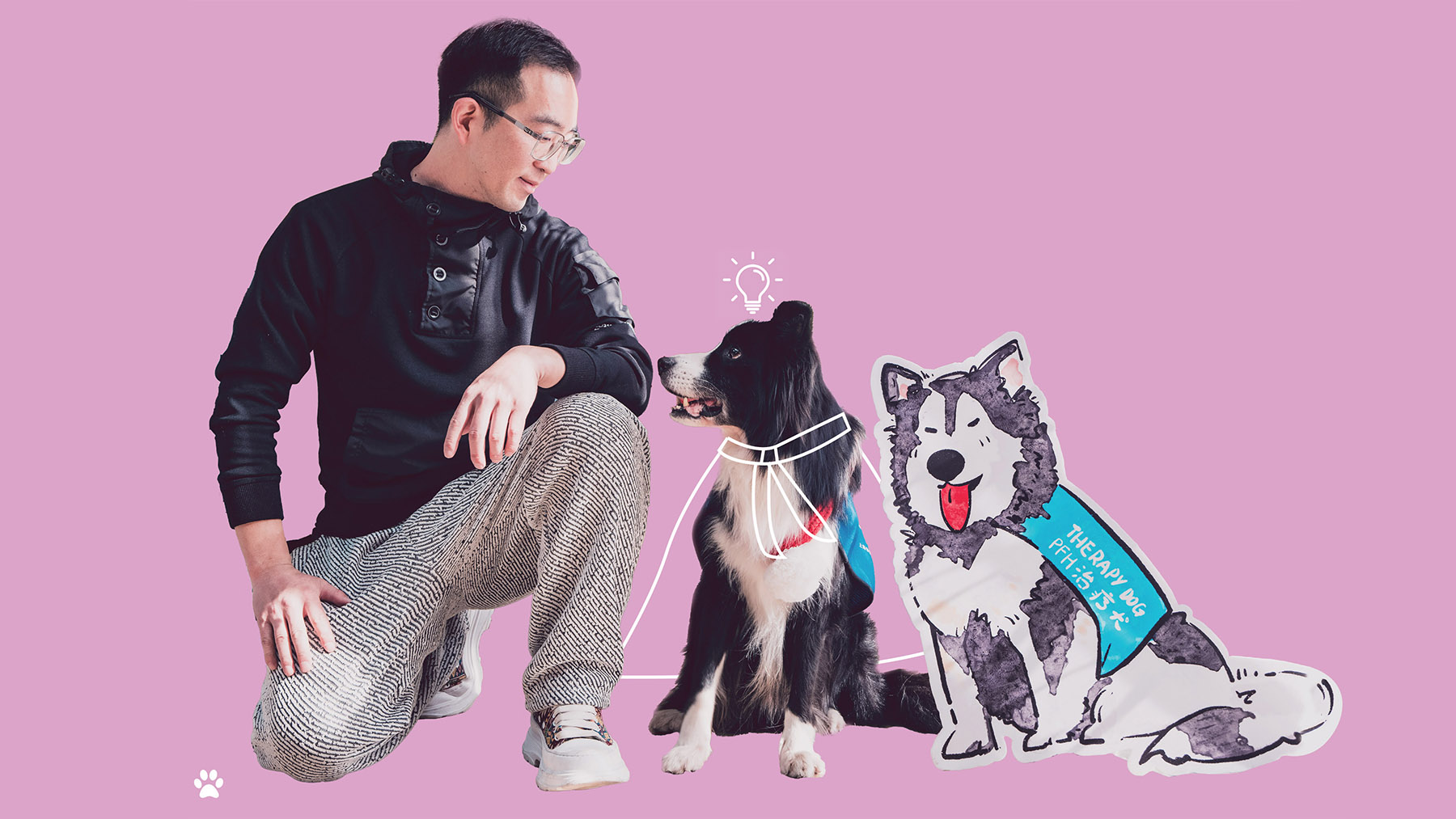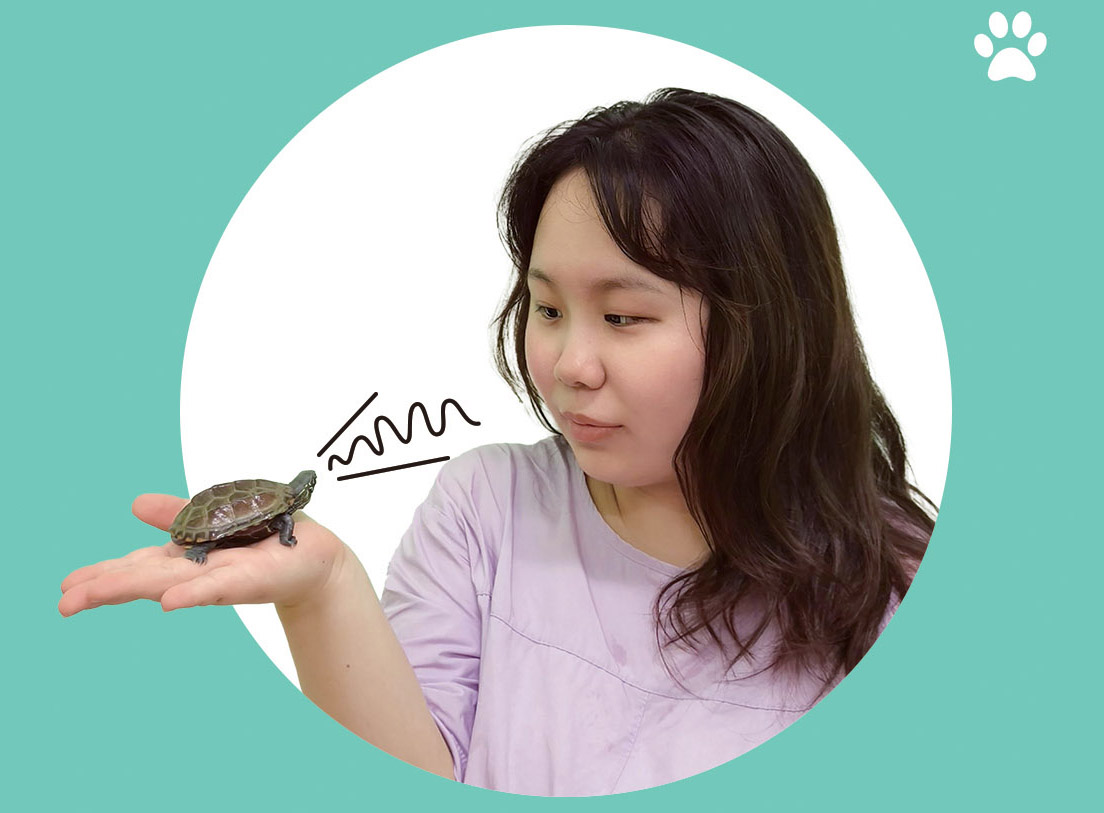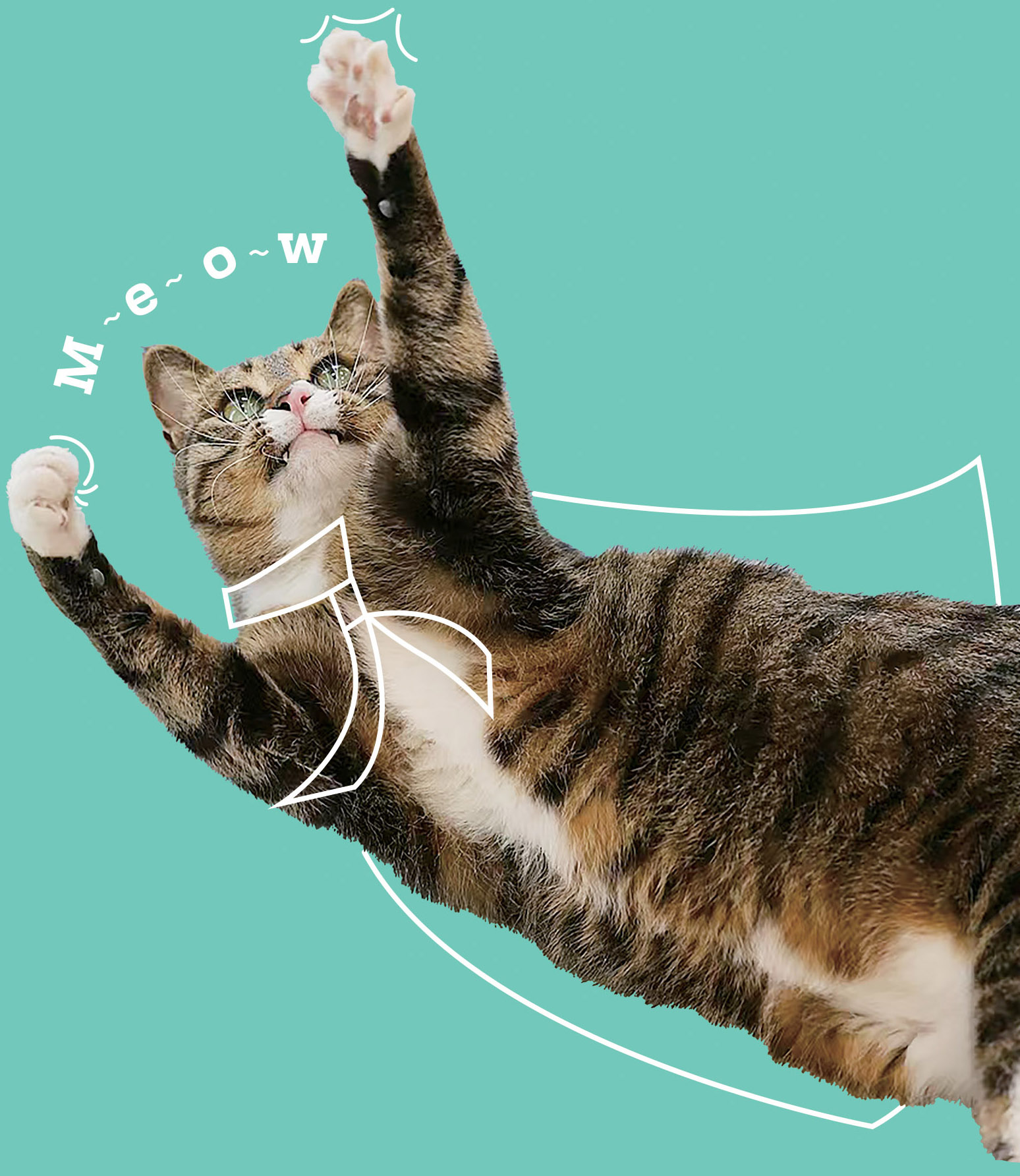From counseling centers to college campuses, therapy animals are playing a growing role in mental health care across China.

Like many counseling centers, Genshine Psychology in Shandong province has a photo wall of its lead therapists. But one "therapist" stands out — a stray cat named Fangbiandai, which means "plastic bag" in Chinese.
Fangbiandai was rescued by a local stray cat group and brought home in a plastic bag, which inspired his unusual name. He now plays a key role in Genshine's animal-assisted therapy (AAT) program.
"Therapy animals must be honest, tolerant, and sociable," said Zhang Jingxuan, Genshine's director and chief physician.
Zhang noted that Fangbiandai not only meets these criteria but also embodies resilience — once an abandoned stray, he is now cheerful and confident, sharing that emotional strength with the children he meets.
READ MORE: When dogs become therapists
Genshine first began incorporating AAT into its psychological programs after Zhang and his team observed that children showed significant emotional progress when interacting with animals.
"Animals have a unique way of connecting with children," Zhang said.

Paw's power
Since arriving in March, Fangbiandai has "consulted" with more than 500 patients.
Feng Jie, a 28-year-old therapist who works closely with Fangbiandai, explained that their sessions typically follow two main approaches. With first-time patients, Fangbiandai takes the lead — his presence helps children feel calm and safe — while Feng offers guidance and support throughout the interaction.
With regular patients, Feng leads the sessions, while the cat provides comfort through physical contact, facial expressions, or eye contact. This is especially helpful for children who have difficulty expressing themselves.
"Children are usually less worried about being judged when they're around animals. That pure connection allows them to relax and be themselves," Feng said. "Many children feel at ease the moment they see Fangbiandai — something that might take hours in traditional therapy."
The way children interact with Fangbiandai can also offer valuable insights into their behavioral patterns. For example, some children chase after him when he walks away, which Feng sees as a possible sign of needing to control emotional closeness.
Although AAT is still relatively uncommon in China, it has been gaining recognition in recent years, according to Wu Qi, a pet behavior expert and founder of Paw for Heal (PFH), a volunteer therapy dog program established in 2012.
Wu's interest in AAT began after a parent described how animals helped children with autism. That moment inspired Wu to transition from general pet training to therapy dog training.
"Therapy dogs need to be able to adapt to different environments, stay friendly with people, and respond to basic commands," Wu explained.
In the beginning, Wu trained therapy dogs at a dedicated facility and brought them to institutions such as schools and care centers. But he soon realized that this method was costly and inefficient. So, in 2017, he shifted his focus to developing standardized training and assessment criteria for therapy dogs and began encouraging pet-owning families to volunteer.
Today, PFH has nearly 5,000 volunteers, including around 500 certified therapy dog teams — volunteers and their dogs who have passed official assessments.
"Animals can help people who've experienced trauma reconnect with the world and rebuild social skills," Wu said.
He recalled working with an autistic child for 10 years, during which a therapy dog helped the child gain trust in therapists and progress from struggling with speech to eventually learning to ride a bike.
PFH now serves people across all age groups — from children with autism and teenagers to adults and seniors in hospice care — not only offering therapeutic support but also promoting overall mental well-being.

Campus companions
"Traditional counseling usually only steps in after problems emerge, while nature-based therapy, by contrast, takes a preventive approach," said Liu Junjun, an associate professor at the Student Health and Counseling Center at Hubei University.
In 2021, Liu and her colleagues noticed that many university students across China were forming strong bonds with campus animals. This observation inspired them to explore how these natural companions could play a role in mental health education.
They went on to establish "pet counseling stations" at all 27 schools within the university. These spaces feature a variety of animals — such as cats, tortoises, and fish — as well as plants like carnations and ginkgo trees.
"Interacting with these living beings gives students a more tangible sense of life," Liu explained.
Each school selects animals or plants based on its unique identity. At the School of Philosophy, for example, students adopted a tortoise named "Xuanwu", a mythical Chinese creature often depicted as a tortoise intertwined with a snake.
"The tortoise represents 'slow philosophy'," said Tu Jingyi, a 21-year-old student. "In today's fast-paced world, Xuanwu's calm presence reminds us to slow down and maintain our own pace."
Tu described the school's counseling station — where Xuanwu lives — as a cozy space filled with plants and sofas. It opens every Wednesday afternoon, offering students a quiet spot to study or simply watch the tortoise.
Tu and her peers also organize activities centered around Xuanwu. These gatherings help students unwind and encourage them to communicate with one another.
"Once, we spent over two hours just talking — starting with tortoise facts and eventually opening up with personal stories," Tu recalled. "Most of us didn't know each other at first, but by the end, everyone felt relaxed and connected."
Liu shared the story of a student with depression who found comfort through interacting with the ginkgo trees, affectionately known as the "pets" of the School of Art. Gradually, her mental health improved, and she was able to return to her studies.
"These activities are open to everyone, so students with mental health challenges never feel singled out," Liu said. "This helps reduce the self-stigma that often comes with mental illness."
Future steps
At Genshine, Fangbiandai is no longer the center's only therapy animal. Zhang said they've introduced fish and frogs to meet the varying needs of the children.
Zhang is also leading research projects that integrate AAT practices with academic study. "We are collaborating with Shandong University to evaluate the emotional and therapeutic impact of AAT on children," he said.
ALSO READ: Therapy animals helping kids adjust
Still, public understanding of AAT remains limited. To change this perception, Wu's team is working with medical institutions on research — one project has already been accepted by the Chinese Society of Psychiatry.
He also advocates for responsible pet ownership through community outreach, with the goal of introducing evidence-based therapy animal training to more public spaces.
"Some pet owners believe that training goes against a dog's instincts, but that's a misunderstanding," Wu explained. "Therapy dog training helps dogs adapt to real-world situations and public environments."
Contact the writers at mengwenjie@i21st.cn


